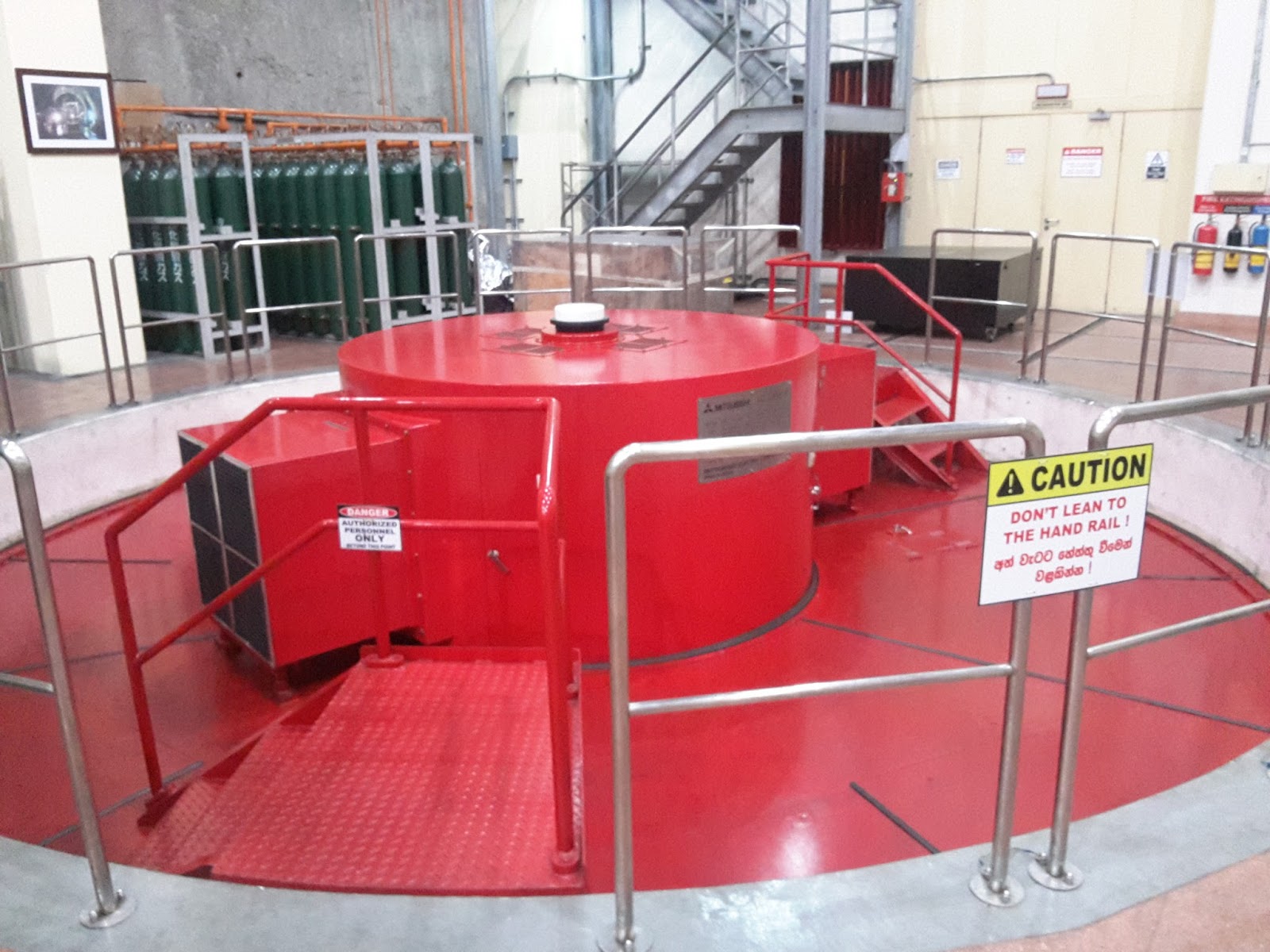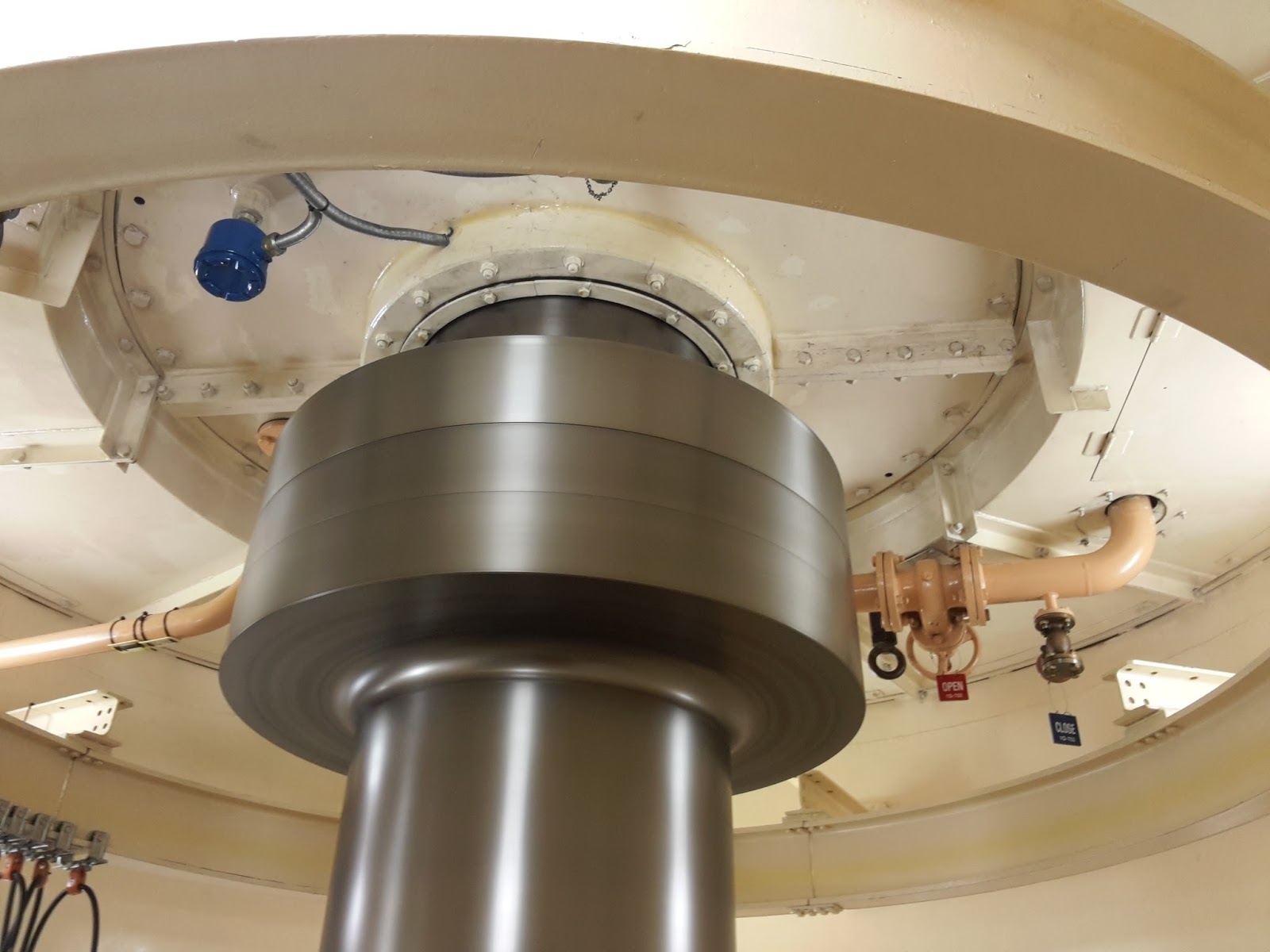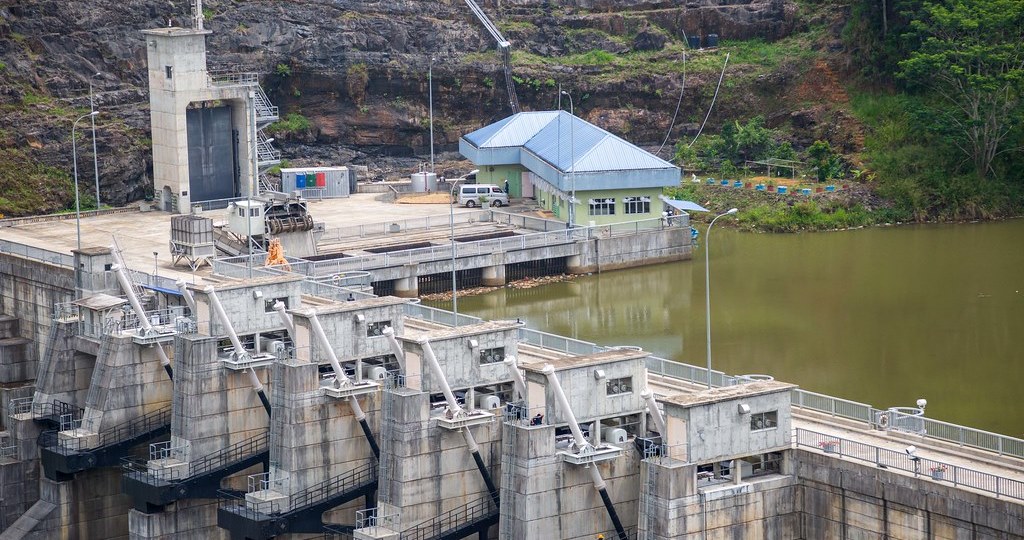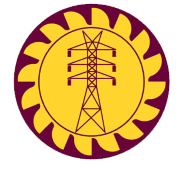UPPER KOTHMALE HYDRO POWER STATION

The Upper Kotmale Dam (also known as the Upper Kotmale Hydropower Project, or UKHP) is located in Talawakele, within the Nuwara Eliya District, in the Central Province of Sri Lanka. The dam feeds the third largest hydroelectric power station in the country.
The project was initially planned in 1968 by the local authorities, before the Government of Japan funded a study between 1985 and 1987 to further examine the hydroelectric potential in the upper reaches of Kotmale River. The feasibility study included five sites and eight alternative development schemes, and concluded with two sites which were more technically and economically feasible.
The two sites were a conventional type at Caledonia, and a run-of-the-river type at Talawakele. The project at Caledonia involved the displacement of over 2,700 families and inundation of large areas of land used for tea plantations, and thus the Caledonia site was dropped. Further funding was then provided by Japan for the engineering study, which included a review of the feasibility study, selection of an optimal development plan, development of the detailed design, and the preparation of tender documents and an environmental impact assessment report.
The environmental impact assessment report was completed in September 1994, with the final design report completed in March 1995. The environmental assessment identified key issues associated with the project, which includes impact on St. Clair’s Falls aesthetics due to stream flow reductions, social impacts due to resettlement of affected people, possible effects on ground water due to tunnelling, impacts on downstream water uses due to de-watering of streams, and impacts on biodiversity. These impacts led large delays in project development.
As per the National Environmental Act of 1998, the environmental clearance was then granted to the project. The project initially faced several objections, before being officially permitted by courts of law. Construction work on the project then began in 2006, and the plant was commissioned and started generation in October 2012.
Social and environmental impact - The St. Clair’s Falls
The construction of the dam, tunnel, and powerhouse, required the relocation of families from 495 houses. New homes were built away from the site with access to vital facilities such as water and power. The relocated families are provided with concessionary loans to start new self-employment ventures, while additional facilities such as the Talawakele Central College, places of worship, a cinema hall, a library, and a community centre, are being established.
Similar most other dam’s impacts on rivers around the world, the Upper Kotmale Dam will periodically stop the St. Clair’s Falls, located 2.2 km (1.4 mi) downstream of the dam, and a further 2.9 km (1.8 mi) of the Kotmale River downstream of St. Clairs Falls, before the river is restored by water from the Devon River, the river forming the picturesque Devon Falls.[7] As ordered by the Government Extraordinary, the St. Clair’s waterfall will maintain a continuous flow of 47,250 m3 (1,668,618 cu ft) of water for 10 hours and 30 minutes daily, between sunrise and sunset.



 Mahaweli Complex
Mahaweli Complex